Why Are Blind Tastings Used in Wine Competitions?
— Aussie contributed to this post; you can read more about her on the About page.–
Blind tastings are used in wine competitions to ensure that every sip is judged fairly. In blinded tastings, the taster does not know the wine’s origin, price, or brand, influencing their judgment. This article will explore how blind tastings cultivate a genuine assessment, creating an unbiased arena where the wine speaks for itself.
Key Takeaways
Blind tastings are all about objectivity, letting wine’s true flavors stand out without influence from its label or price – it’s the wine’s chance to make a real first impression.
Competitions pull off this no-spoiler experience by keeping wine bottles incognito and bringing together a diverse group of judges with a standardized scoring system – it’s like ‘The Voice’ but for wines.
For the industry, blind tastings can be a game-changer, offering lesser-known wines a chance to shine and introducing consumers to quality picks over big-name bottles, allowing them to trust their taste over hype.
Unveiling the Essence of Blind Tastings
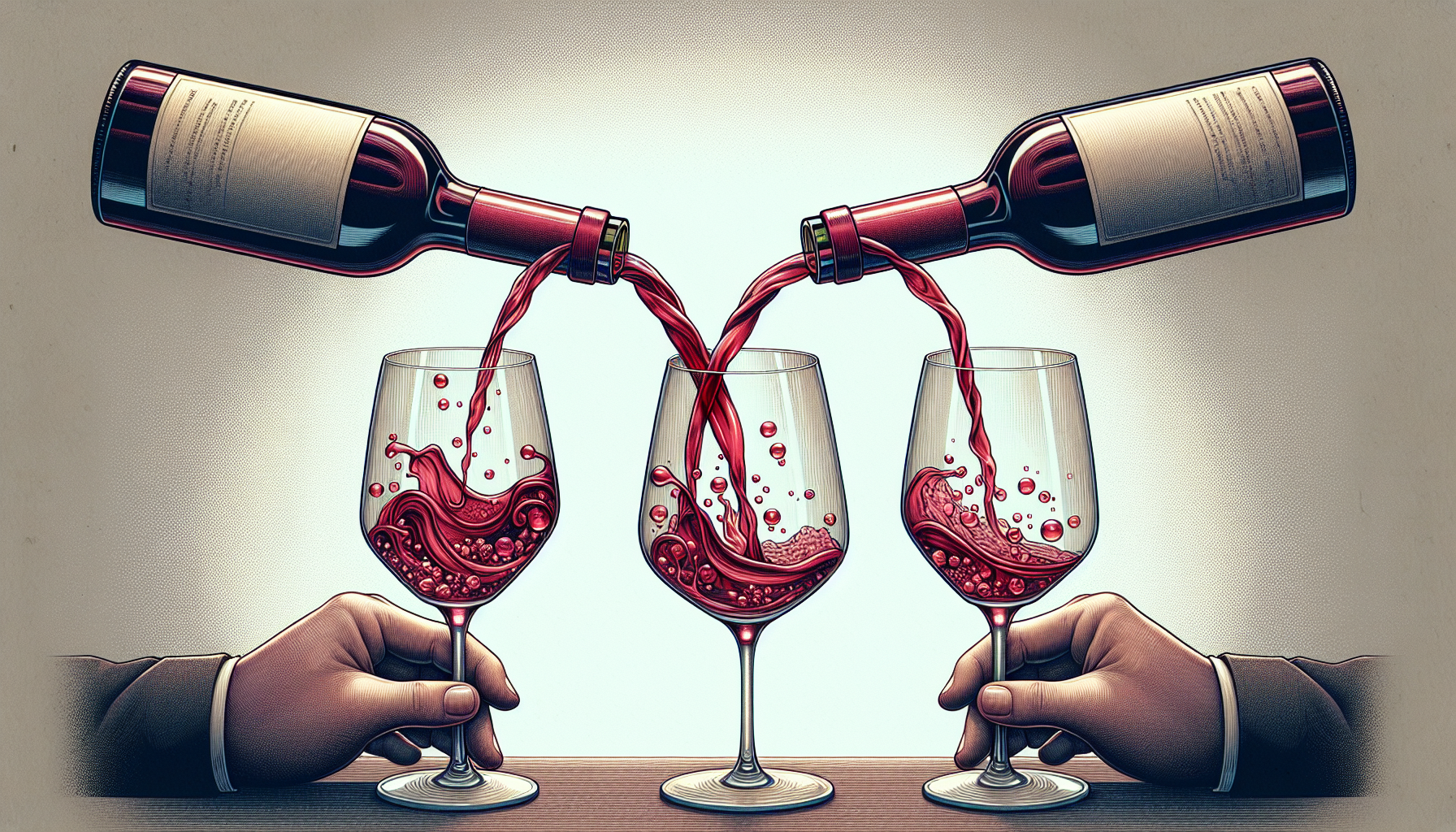
Exploring the enigma of blind tastings reveals it’s far more than a guessing game. It’s a process of tasting and evaluating wines without any information about what those wines are, serving as a foundation for objective judging in these competitions. The essence of blind tasting resides in its purpose, practicality, and growing appeal in the community. Some see it as a tool for educational and analytical purposes, while others view it as a challenge to their sensory prowess.
Despite mixed opinions, one thing is undeniably clear – blind tasting is an art. It is an art that enhances human ability and sensory focus, levels the playing field for all wines to drink, and enables the pursuit of objectivity. It’s a journey that strips away the vanity of labels and the mind’s preconceptions, leaving only the wine and the taster engaged in a sensory dance of discovery.
The Pursuit of Objectivity
Within blind wine tastings, striving for objectivity holds utmost importance. But why is objectivity so important? The human mind is surprisingly inconsistent and easily influenced by external factors. When we see a fancy label, an expensive price tag, or hear a well-known brand, our perception shifts, often unconsciously. This bias, although unintentional, can color our evaluation of the same wine.
Blinds serve as a shield against biases, ensuring that each wine is evaluated objectively based on its sensory qualities, such as:
color
clarity
acidity
aroma
bouquet
taste blind
aftertaste
overall quality
tasting blind
This approach is integral in winemaking trials and academic settings, ensuring accurate, bias-free evaluations of wine and enhancing judges’ ability to discern different odorants. Thus, objectivity forms the backbone of blinds, shaping how we perceive and appreciate wines.
Sensory Focus Over Brand Recognition
Apart from objectivity, sensory focus also plays a crucial role in blinds. It encourages blind, individual expert tasters, for example, to zero in on the wine’s intrinsic qualities rather than its branding. This sensory-centric approach is like listening to a symphony with your eyes closed, each note resonating more deeply without the distraction of visual spectacle.
This approach allows critics and winemakers to assess wines without the influence of the label or producer, supporting unbiased assessment. What’s surprising is that when the price is unknown, individuals are just as likely to prefer a lower-priced wine as a higher-priced one. This challenges the association between cost and quality and opens up a world of sensory exploration, unclouded by branding or prestige.
Leveling the Playing Field
Imagine a world where a small vineyard’s wine stands shoulder to shoulder with a bottle of a renowned estate’s expensive offering. Sounds fair, right? That’s precisely what blinds achieve – a level playing field for all wines, regardless of their reputation or price.
In this unbiased arena, tasted blind, the intrinsic qualities of the wines shine through. A wine’s excellence is no longer determined by its vineyard’s reputation or price tag but by aggregating its sensory qualities. Blind tasting is a testament to the spirit of fairness and equality in the world of wines, where every wine gets a fair shot at glory.
The Mechanics of Blind Wine Competitions
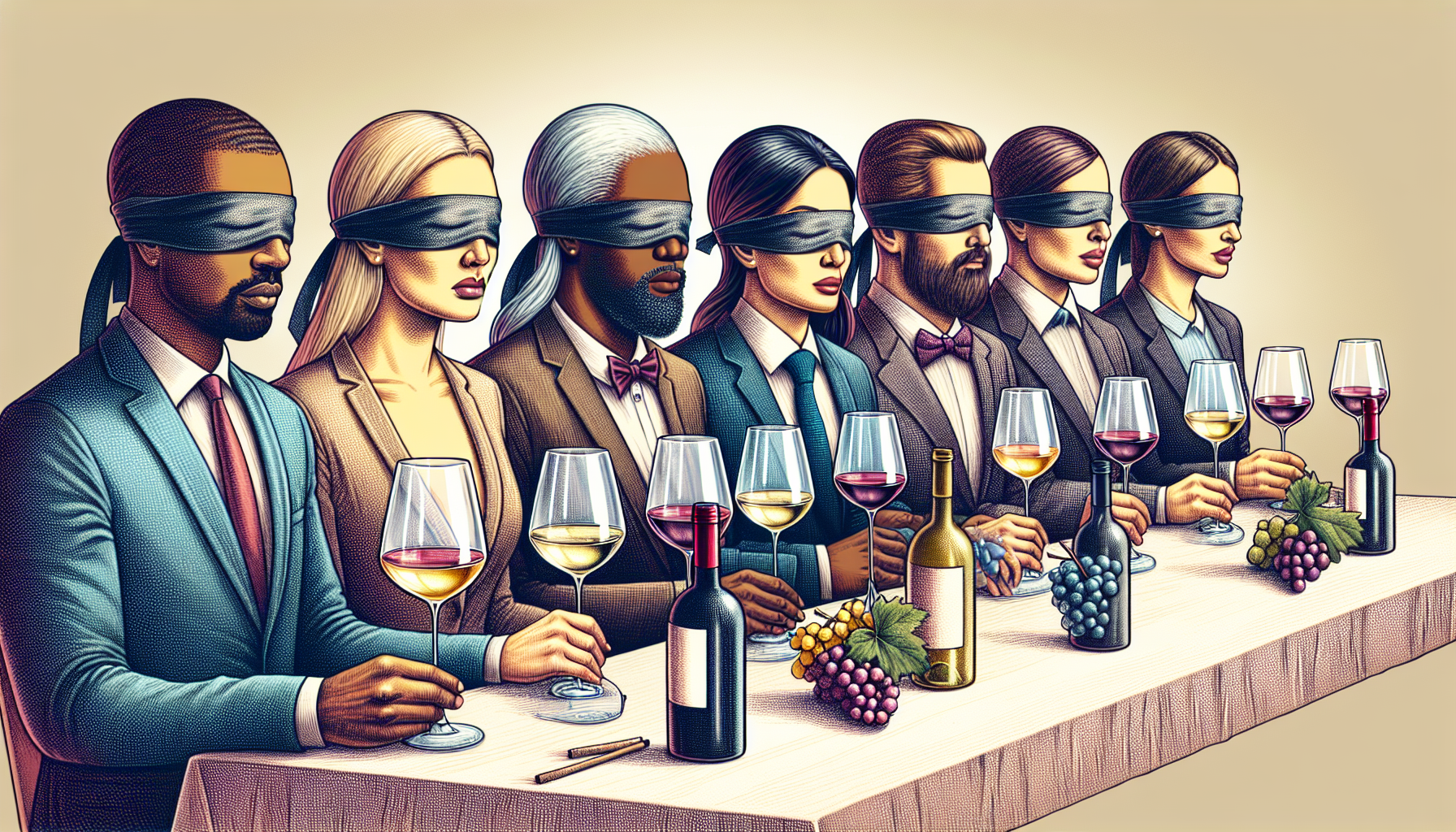
After understanding the essence of blinds, it’s time to examine the mechanics of blind competitions. These competitions are meticulously structured events that ensure the anonymity of each wine, use a diverse panel of judges, and follow a specific scoring system.
The mechanics of a single-blind wine competition include:
Presenting wines in generic bottles with no visible indication of their origin
Using numeric codes for identification
Having a judging panel that encompasses a mix of professionals offering diverse viewpoints
Using a scoring system that is usually a 100-point scale, rating wines on key attributes
These mechanics ensure fairness and objectivity in the competition.
Anonymizing Entries
The first step in a blind wine competition is ensuring the anonymity of each wine. This process involves:
Removing all visual cues about a wine’s origin or price
Placing wines in anonymous bottles that are regulated by size and color
Ensuring that there are no distinctive decorations or identifiers that can lead to disqualification.
The competition stewards replace the original labels on wine bottles with a simple numeric identifier corresponding to the entry label, preventing judges from knowing whose wine they are tasting. Samples are poured into identical glasses coded by number or letter in a separate room, ensuring that judges are unaware of the wines tasted. This meticulous anonymization process ensures a fair and unbiased evaluation of each wine.
Structuring the Tasting Panel
The makeup of a judging panel in a blind competition usually includes a mix of professionals such as:
Winemakers
Educators
Writers
Sommeliers
Retailers
Each judge brings a unique perspective to the table, and their ability to judge wines consistently is crucial. Some focus on the technical nuances of two different bottles of wine, while others concentrate on pairing qualities or the characteristics of different varietals.
Drawing judges from different states and countries ensures a breadth of perspective, which is integral to minimizing regional bias in competitions. Although individual tastings are conducted, judges collaborate and deliberate to reach a consensus when awarding medals to wines, especially in instances of notable disagreement. This collaborative approach enriches the judgment process, ensuring a well-rounded evaluation of each wine.
Scoring System
An essential element of blind wine competitions is the scoring system. Most competitions utilize a 100-point scoring system to rate wines on an extraordinary variety of key attributes, such as:
Appearance
Aroma
Flavors
Finish
Overall complexity
In addition to these basic taste characteristics, wines are also judged on:
Consistency
Nose
Taste
Complexity
Varietal representation
Potential for improvement
Judges use scorecards for rating, with options ranging from an overall numeric value to detailed analysis, which may include cultural references. This comprehensive scoring system provides a detailed, in-depth evaluation of each wine, contributing to the objectivity and fairness of the competition.
The Impact of Blind Wine Tasting on the Industry
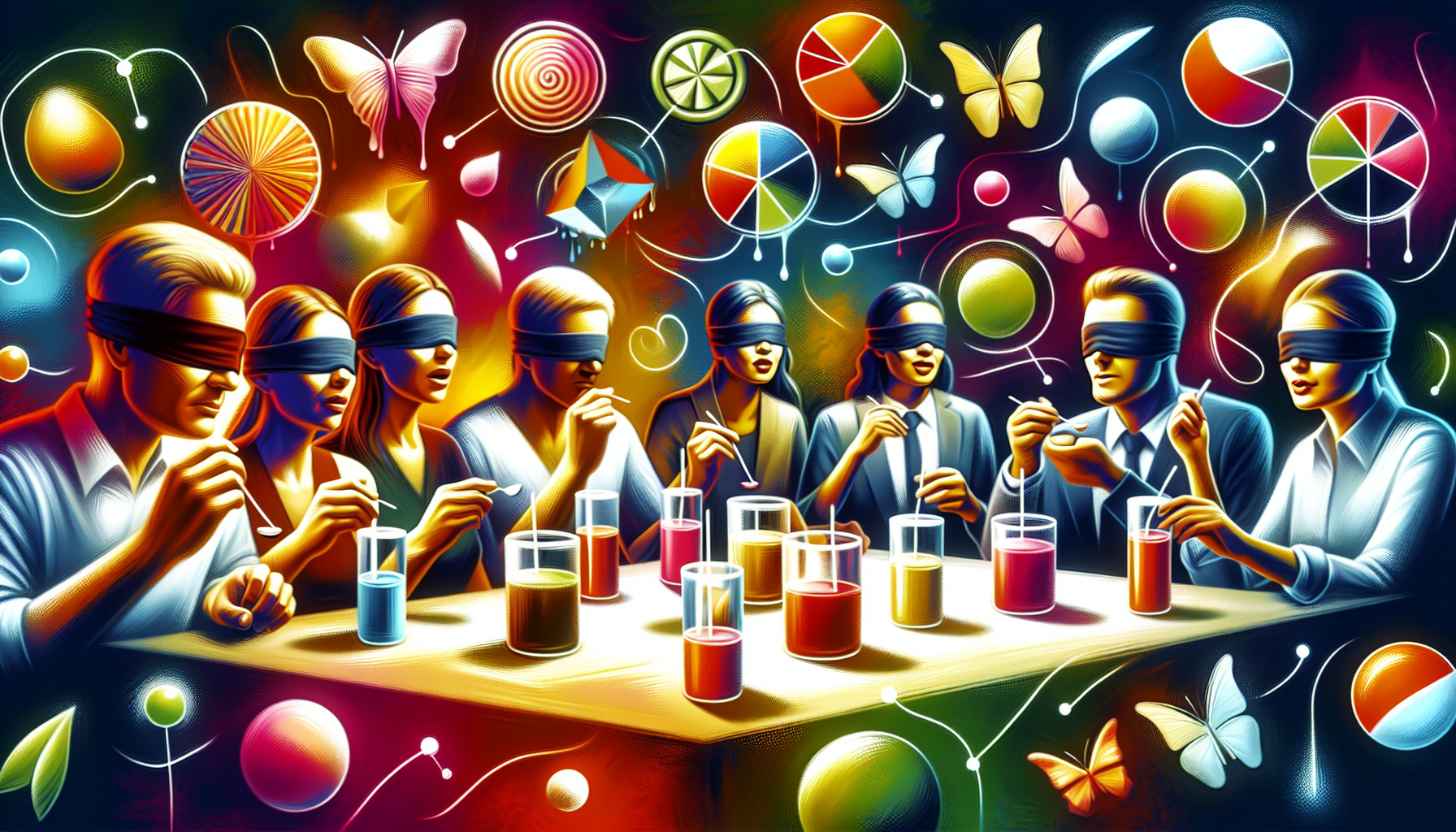
Blinds wield considerable influence over the wine industry. They focus on quality rather than brand, label, or reputation, influencing industry trends and consumer preferences. This paradigm shift in evaluation brings to the fore the intrinsic qualities of the wines and has the potential to alter the industry’s landscape.
Additionally, blinds promote:
diversity and innovation, inspiring winemakers to experiment with unique blends and techniques
changes in consumer perceptions about the price-quality relation
a competitive advantage over lesser-known but high-quality wines
Blinds also influence the economics of expensive wine, as the same bottle can yield different results when not assessed accurately.
Shaping Consumer Perceptions
The results of blind-tasting competitions can significantly shape consumer perceptions. They often lead consumers to:
Broaden their horizons by exploring a range of flavors from different regions and varieties
Shift traditional preferences
Realize that their choices are not predominantly influenced by price
Reevaluate their perception of wine value based on sensory experiences alone
Furthermore, awards from wine competitions provide a stamp of quality that can alter consumer perceptions. They demonstrate that high quality is not exclusive to high price points or well-known brands, influencing ordinary consumers to make more cost-effective investments. This shift in consumer perceptions can profoundly impact wine economics, altering purchase patterns and driving market trends.
Encouraging Diversity and Innovation
Blinds serve as a catalyst for diversity and innovation in the industry. They incentivize winemakers to experiment with innovative blends and techniques to stand out, knowing their products will be judged solely on sensory quality.
Moreover, blind wine tasting provides small and lesser-known brands with opportunities for exposure and credibility. This can be a game changer for these brands, helping them differentiate in a competitive market and carve a niche for themselves. Thus, blind tasting fuels diversity and innovation, contributing to an enriching and dynamic wine landscape.
Influencing Wine Economics
Blind wine tasting considerably shapes the economics of the industry. Wine awards can significantly affect immediate sales, enhance a bottle and brand reputation, and provide a competitive advantage in the market.
Furthermore, industry professionals use their blind-tasting expertise to evaluate wine quality in relation to price and typicity. These are essential factors in commercial decision-making, affecting wine pricing and selection. Thus, blinds are pivotal in shaping the industry’s economics, influencing market dynamics and consumer behavior.
Enhancing the Skills of Wine Professionals
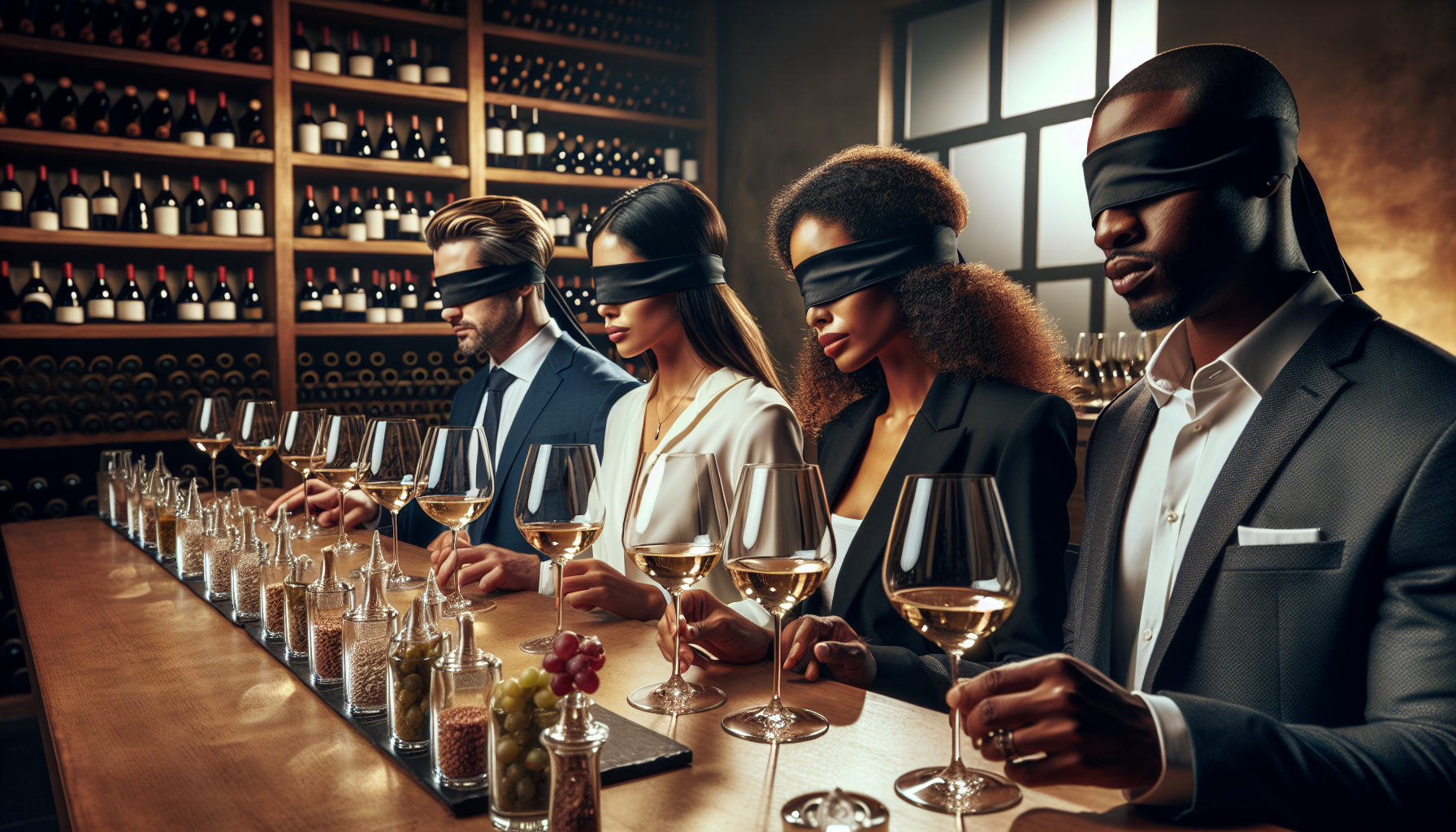
Besides influencing the wine industry, blind wine tasting is also an invaluable tool for professionals. They allow these professionals to hone their skills in identifying wine, grape varieties, origins, and qualities without bias, demonstrating a profound understanding of wine sensory characteristics.
Educational programs in wine often incorporate blind tasting within their curricula, led by Masters of Wine and Master Sommeliers, establishing it as an essential skill for wine educators. These tastings are applicable within various sectors of the industry, including:
Retail
Restaurants
Production
Journalism
Professionals use sensory evaluation skills in their day-to-day roles.
Honing Judging Expertise
Blinds provide a perfect platform for judges to refine their wine evaluation skills. By practicing blind tasting, judges can refine their ability to name and describe wines accurately, enhancing their wine evaluation skills free of preconceived notions.
Professional sommeliers develop their expertise by participating in blind-tasting competitions. These competitions assess their ability to:
Identify the vintage of wines through the understanding of wine evolution and characteristics
Establish a mental database of the attributes of various wines
Successfully identify wines during blinds
Blind wine tasting plays a pivotal role in developing and honing the blind-tasting skills of wine professionals, including judging wine.
Educational Opportunities
Blind tasting offers a plethora of educational prospects for wine professionals. The training goes beyond identifying sensory perceptions of wine; trainees also gain substantial theoretical knowledge and develop their memory to recall characteristics of past wines experienced.
Professionals often start with a mentor or pair with advanced professional tasters or in blind tasting settings to hone their ability to identify, quantify, and understand various aspects of wine. This helps them develop their analytical and descriptive vocabulary. Furthermore, blind tasting classes provide a conducive environment for networking and enhancing reputations, increasing confidence in tasting abilities and improving actual tasting skills.
Networking and Reputation Building
Blind tasting competitions serve as more than a stage for demonstrating one’s expertise. They also provide an opportunity for wine professionals to expand their networks within the industry.
Participation in prestigious competitions, such as the Varsity Blind Wine Tasting Match, can significantly enhance a participant’s reputation as an expert in wine tasting. This involvement leads to valuable opportunities for reputation enhancement and career advancement for wine professionals. Thus, blind-tasting competitions serve as a launchpad for networking and reputation building, further solidifying their significance in the wine industry.
From Fun to Professionalism: The Spectrum of Blind Wine Tasting

Blind wine tasting covers a broad range, from relaxed events for enthusiasts to intense competitions for experienced professional blind tasters. Public fascination with blind tasting is largely rooted in the amazement of being able to:
Identify a wine’s variety
Determine its origin
Guess its vintage
Understand its winemaking process
All of this is done solely through the senses.
Whether it’s a casual event or one of those blind-tasting contests, blind wine tasting offers a unique and engaging experience for all participants.
Casual Blind Tasting Events
Casual blind wine-tasting events revolve around themes like specific wine varietals or regions. They provide an unstructured and enjoyable way to:
Learn about wine
Broaden one’s wine knowledge
Improve tasting skills
Have fun
During these San Francisco Wine School events, participants get to:
Test their wine knowledge, including red wine
Fine-tune their sensory discernment
Discover personal wine preferences that may not align with high-priced, well-marketed wines.
Influence more cost-effective wine investments.
These casual tastings can be a great way for wine drinkers to explore and expand their wine palates.
Thus, casual blind-tasting events offer a fun-filled and educative platform for wine enthusiasts to explore and enjoy the world of wines.
Serious Contests for Seasoned Palates
At the opposite end of the range lie serious blind-tasting competitions. These competitions, such as the ones held between Oxford and Cambridge universities, are recognized as serious events showcasing discernible skills. The ability to successfully identify wines in these competitions is highly esteemed and contributes to the participants’ prestige.
These contests can hold sway over consumer opinions, signifying the level of importance they have in the wine community. Thus, serious blind-tasting competitions not only enhance the skills and exceptional abilities of the participants but also play a significant role in shaping consumer perceptions and industry trends.
The Last Pour
In conclusion, blind wine tasting is a unique and intriguing aspect of the wine world. It enhances the objectivity and fairness of assessments, provides a platform for professionals to hone their skills, and significantly influences the wine industry. Whether a casual event or a professional competition, blind wine tastings offer an enriching experience beyond the label, opening up a world of sensory exploration. So, why not take a sensory journey into the world of wines and let your palate be the judge?
Frequently Asked Questions
What is a double-blind wine tasting?
A further example of double-blind wine tasting is when the tasters have no knowledge of the grapes or wines being tasted at all. It’s often seen as the fairest way to taste blind and evaluate a wine.
What is a blind wine tasting?
Blind tasting is evaluating wines without any information. It is often used for objective judging in wine competitions. It helps eliminate biases and focuses solely on the taste and characteristics of the wines.
How are wines anonymized in blind wine tasting?
In blind wine tasting, wines are anonymized in unmarked glass bottles with numeric labels to keep judges from knowing their origin or vintage. This helps ensure impartiality in the judging process.
How does blind tasting impact consumer perceptions?
Blind tasting can expand your palate and change your preferences by exposing you to various flavors from different regions and varieties. This can shift your traditional taste preferences.


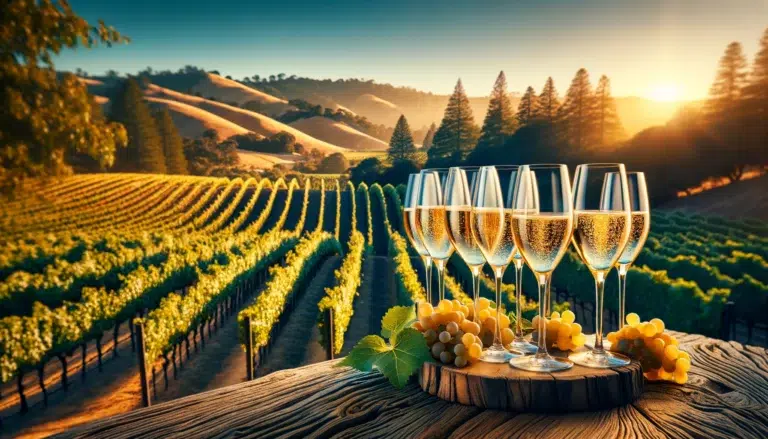
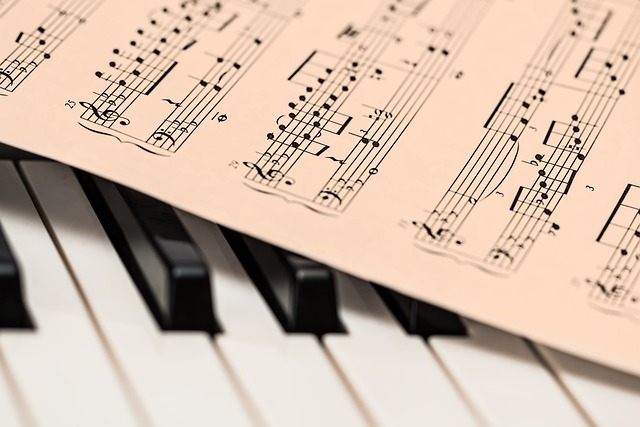
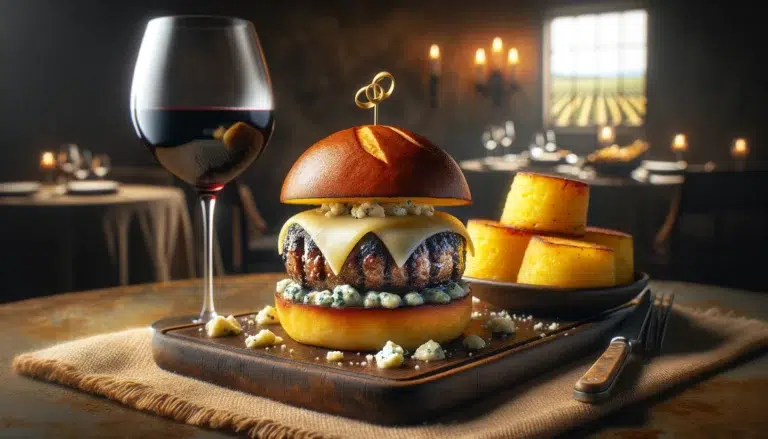
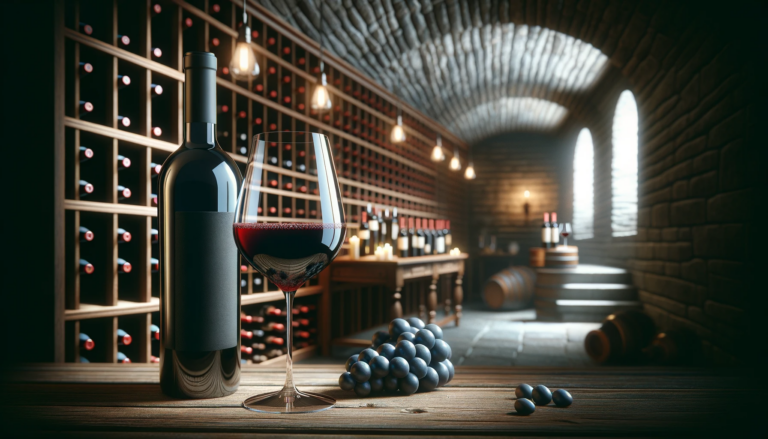
![What is Trento DOC Sparkling Wine? [WSET2 Reviewed]](https://grapeandbarrel.com/wp-content/uploads/2024/04/0oflrry-rim1712673478-768x432.jpg)